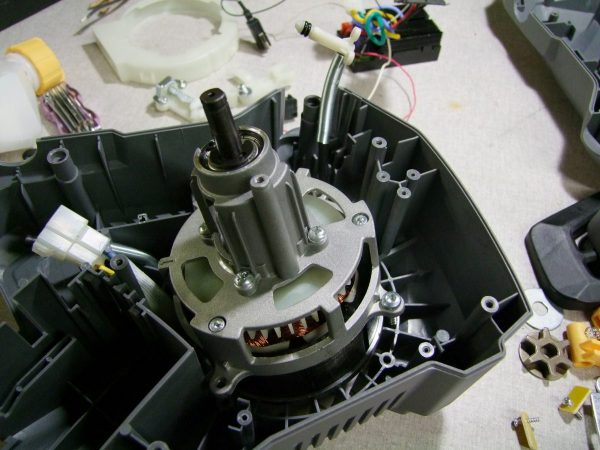People seem to have a love-hate relationship with Harbor Freight, and it mostly seems that they love to hate the purveyor of discount tools. This is not without cause — any number of HF tools have fallen apart in our hands. But there are some gems to be found amid the dregs and dross of your local branch of the 700-store US chain, as long as you match the tool to your needs and manage your expectations.
Now, we’d normally shy away from any electric chainsaw, especially a cordless saw, and doubly so a Harbor Freight special. But as [Professor Charles] demonstrates with his detailed and humorous teardown, the Lynxx 40-volt cordless 14″ chainsaw might be worth picking up just for harvesting parts. First there’s the battery pack, which is chock full of 18650 lithium cells. [Professor Charles] leads us on a detailed tour of the design compromises of the battery and charger and is none too impressed with either, but he clearly understands what it means to build to a price point. While [Charles] found the stock motor controller somewhat anemic, the real buried treasure in the tool is a huge brushless motor, powerful enough to “throw an 8-inch Vise Grip at you” during a (not so) locked rotor test.
The whole teardown is enlightening as to the engineering decisions that go into mass-market tools, so even if you can’t think of something to do with this motor, the article is worth a read. At $169 for the Lynxx (before the 20% coupon in your Sunday paper every week) it’s a little pricey to buy just to harvest parts, but it wouldn’t be the first HF tool to suffer that fate. We’ll bet these things will start showing up broken on the secondary market for a song, and if the [Professor]’s assessments are right, it likely won’t be the motors that fail.

















